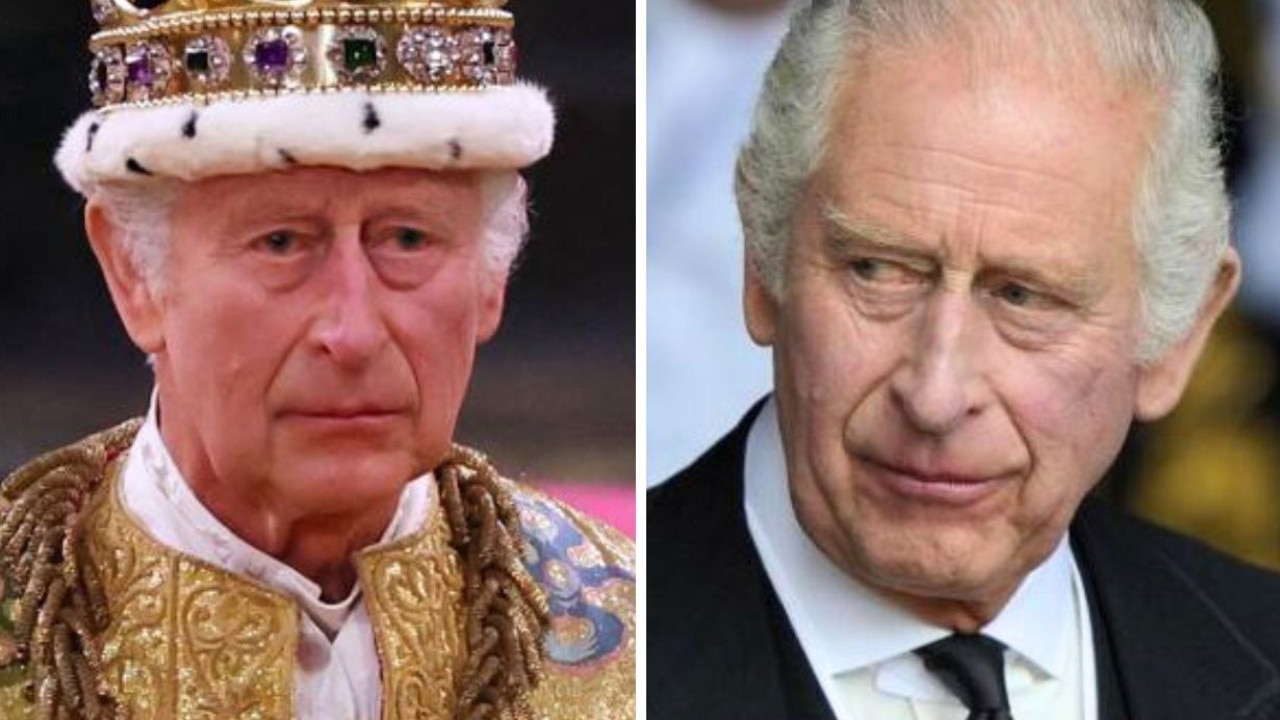The sad reality behind the picture of royal unity
The day was nearly perfect. The royal family was out in force, laughing, joking and embracing. But 48 hours later, there was a full-blown crisis.
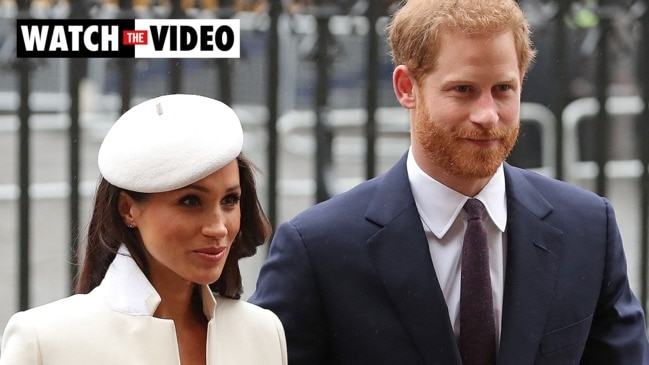
Day one of Royal Ascot in 2019 was nearly perfect. The royal family, led by William and Kate, the Duke and Duchess of Cambridge, were out in glorious force on June 18th, joined by King Willem-Alexander and Queen Maxima of the Netherlands for some added regal megawatt power.
The Windsors laughed, joked and embraced one another with an undecidedly unroyal level of public enthusiasm and joy.
In fact you would be hard pressed to find photos of Kate and William looking bubblier and more evidently filled with aristocratic vim.
RELATED: Meghan and Harry’s ‘perilous’ mistake
RELATED: Kate’s winter style trick
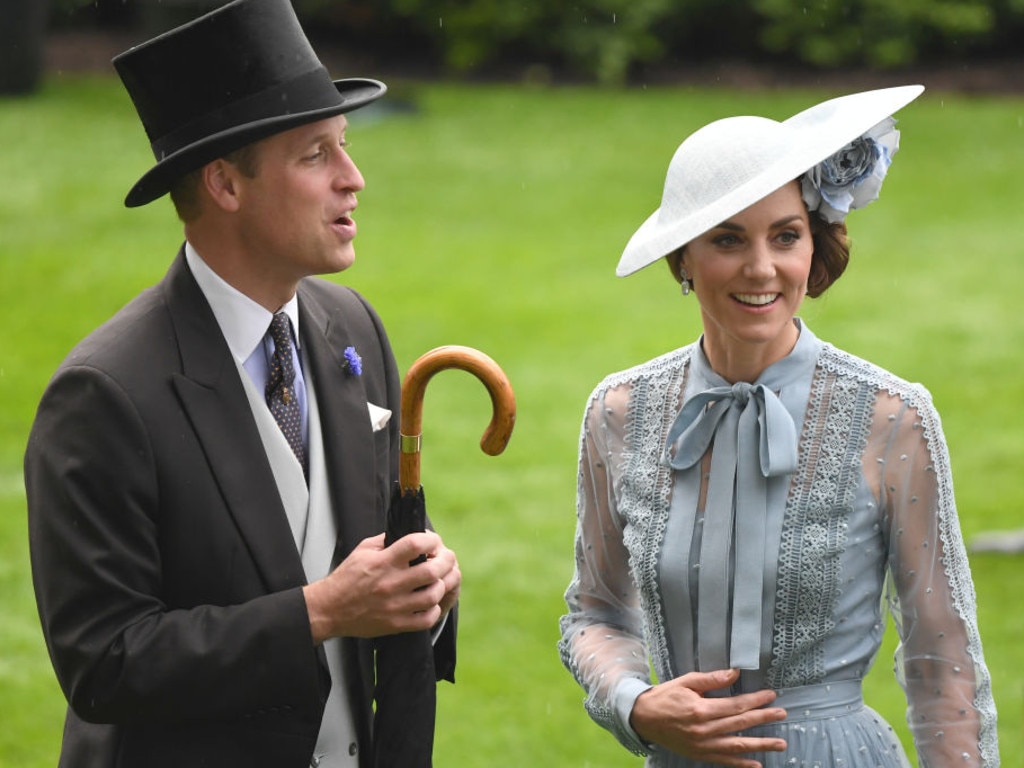
However, it’s amazing how much can change in two days. Within 48 hours, the royal family would be battling to contain a PR crisis, with royal divisions and unhappiness on full, galling public display.
To understand why the events of June 20, 2019 were so significant, you have to rewind nearly 18 months to February 2018. Kate was pregnant with her third child while Prince Harry and fiance Meghan Markle were gearing up for their fairytale wedding.
Like Kate had in 2011 following her marriage, Meghan was similarly lined up to officially join the Royal Foundation, the charity set up by Prince William and Harry in 2009.
On February 28, the Royal Foundation hosted its inaugural (and so far only) forum with the so-called Fab Four taking to the stage and giving the world a thrilling vision of the 21st century royal family: passionate, zealous and with a self-appointed mandate to actually achieve tangible, meaningful results.
Royal work, in their capable hands, now meant a commitment to using their platform for more than opening regional scout halls and touring the Chelsea Flower Show. Together, the quartet managed to inject more vitality and interest in the slightly moribund royal brand than a lifetime of flower show appearances ever could.
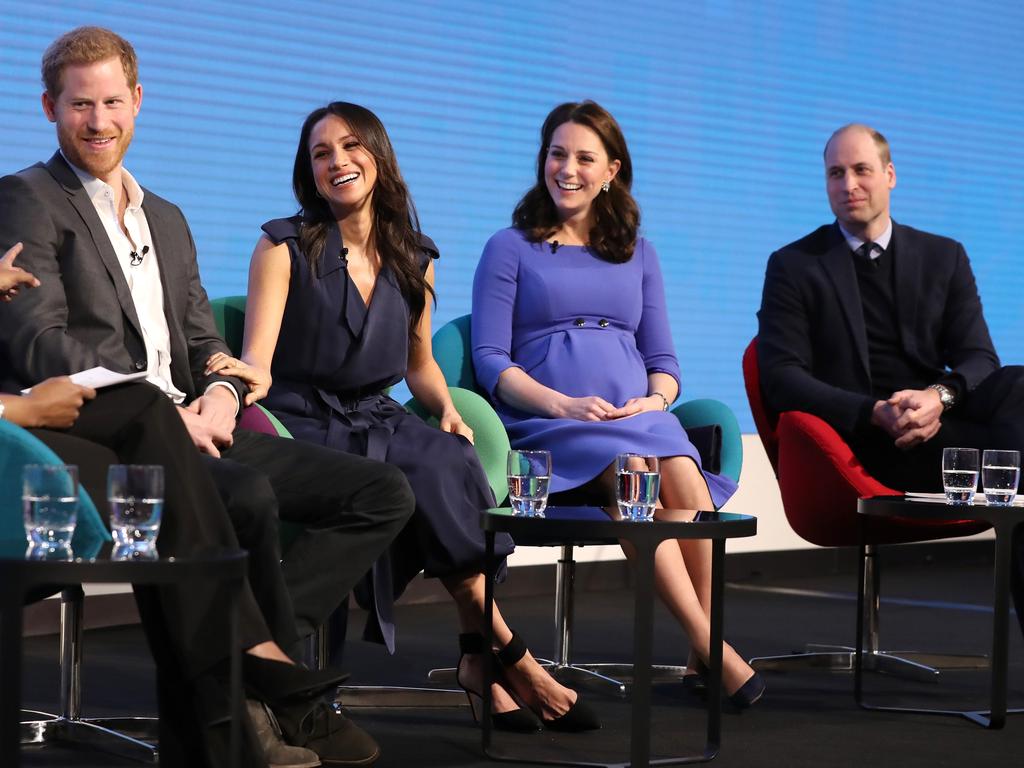
And then all that promise the world glimpsed that day soon started to evaporate when reports started to surface about growing friction between the Sussexes and the Cambridges.
The first concrete pointer that this was not just the fanciful reporting of Fleet Street came in November 2018 when it was revealed that Harry and Meghan had chosen not to move into apartment one at Kensington Palace, which was right next door to William and Kate (and which the Duke and Duchess of Gloucester had vacated for that very purpose). Instead, they would set up home in a cottage on the Windsor estate.
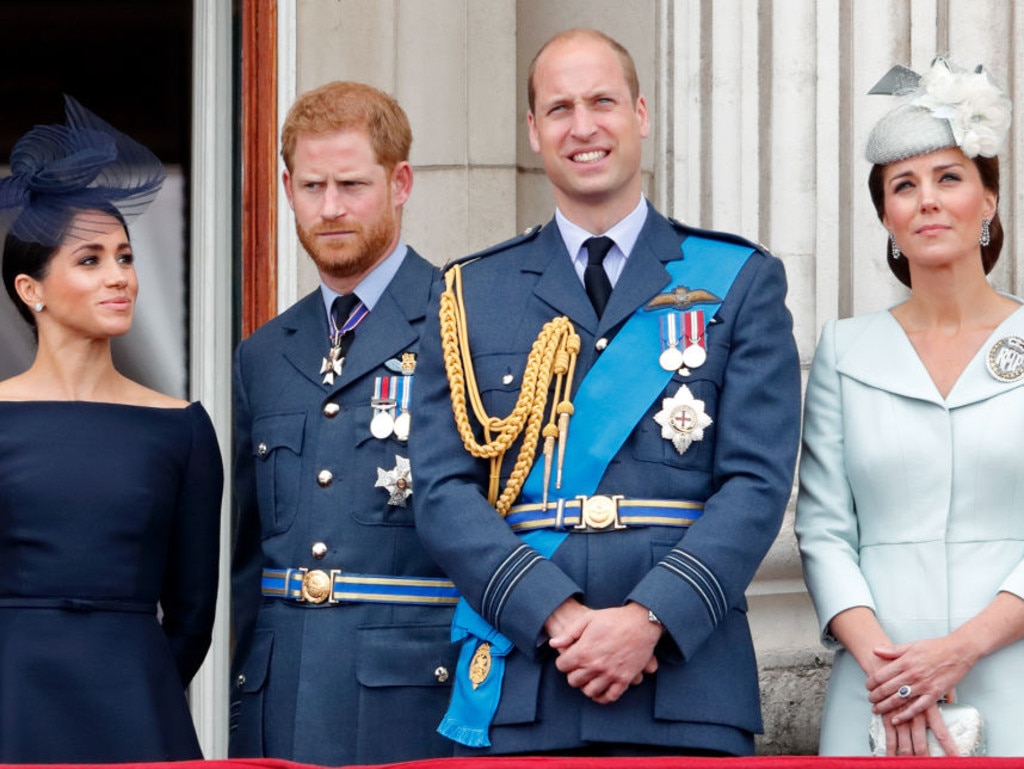
More fault lines between the couples began to appear.
In March 2019, it was announced the Sussexes were off to set up their own office at Buckingham Palace, leaving the team of private secretaries, communications specialists and advisers they had thus far shared with the Cambridges. Despite the palace arguing that this was a “long-planned move” the notion of royal family unity took another hit.
April rolled around and Harry and Meghan debuted their own Instagram account, @SussexRoyal, which broke the Guinness World record for the fastest time to gain one million followers on Instagram.
Then came Ascot on June 18, which despite some particularly on-brand British drizzle proved to be a smashing day out for the royal family. (Harry and Meghan, who had only welcomed son Archie the month before did not attend.)
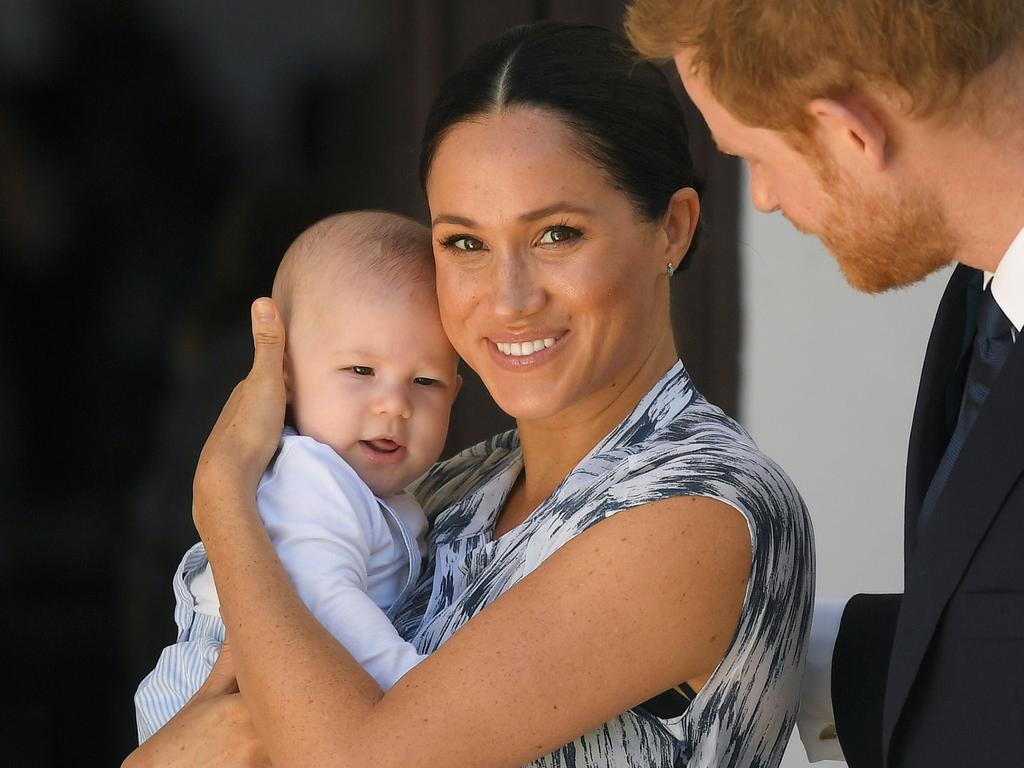
Then, on June 20, Kensington Palace put out a statement announcing that Harry and Meghan were set to leave the Royal Foundation with plans to start their own charitable venture. The palace’s spin doctors got to work attempting to cast this development as a nothing-to-see-here chaps, everything’s fine situation. (“These changes are designed to best complement the work and responsibilities of Their Royal Highnesses as they prepare for their future roles, and to better align their charitable activity with their new households,” the official announcement read.)
The statement’s somewhat forced blithe tone however belied the gravity of the situation. This was the final, painful cleaving of William and Harry, a sad conclusion to a decade of brotherly graft and genuine achievement at the Foundation. With the Sussexes’ exit, the last of the official ties between Diana’s sons was severed.
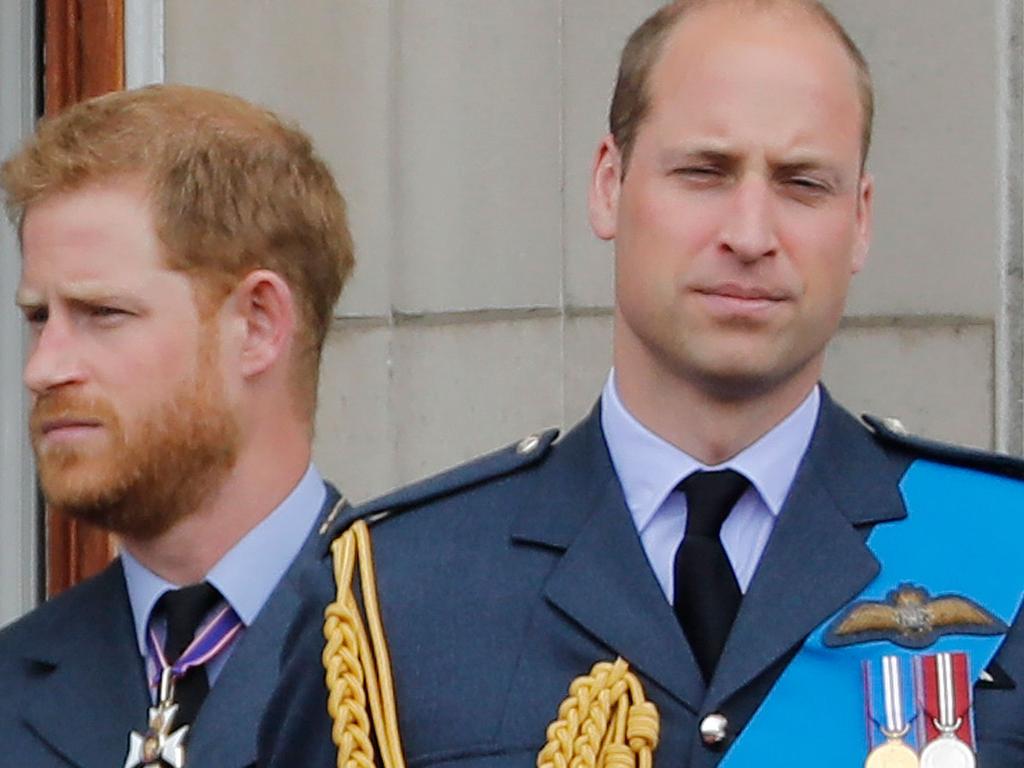
Like that, gone was the happy family image of only 48 hours before and attempts to paint things as rosy behind palace gates suddenly rang very hollow.
More broadly, the split shattered any lingering notion of a united, cohesive future for the younger members of the royal family. It turned out, when William, Kate, Harry and Meghan had taken to that stage in London for the Royal Foundation, it was not an exciting taste of things to come but a mirage.
Beyond the inherent tragedy of the fact that the four would never be fab together again, it also served as an unnerving omen of what was to come. Like Diana and Charles 30 years earlier, the Sussexes’ exit of the Foundation, and the unspoken implication of bad blood between the couples, all but ensured a return to the turbulent 1990s, when the royal family was locked in a vicious cycle of rumour and personal problems detracting from the actual hard, charitable graft others were doing.
This week, Royal Ascot is on again, though this time without the crowds and the horde of chattering, cheerful royals while Harry and Meghan are in the US, gearing up for the 2021 launch of their charity, Archewell. On Thursday it was revealed that their trademark application had been knocked back for, among other things, being “too vague.”
If there is one lesson to be taken from the last year it’s that doing good can be bloody hard.
Daniela Elser is a royal expert and freelance writer. Continue the conversation @DanielaElser




